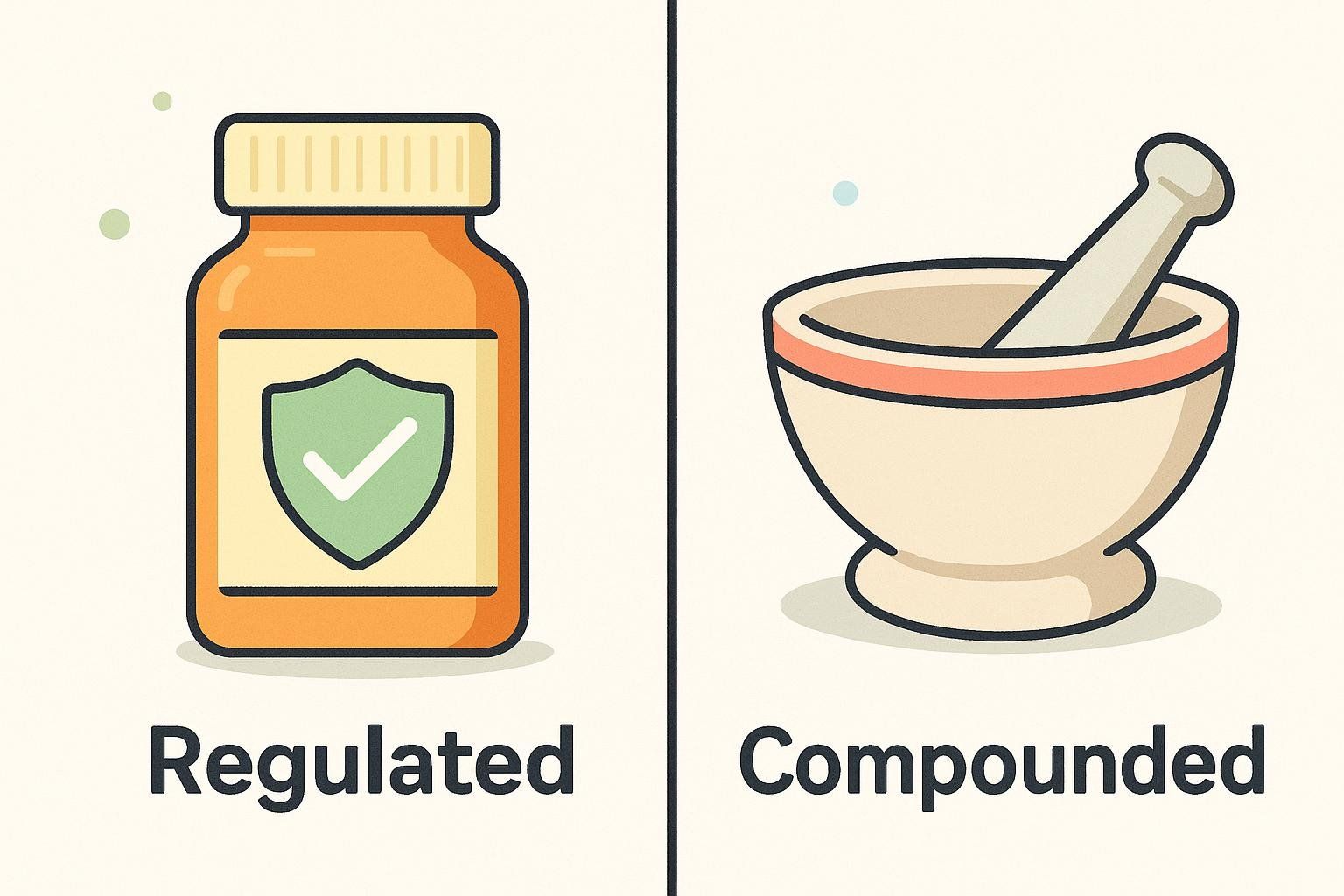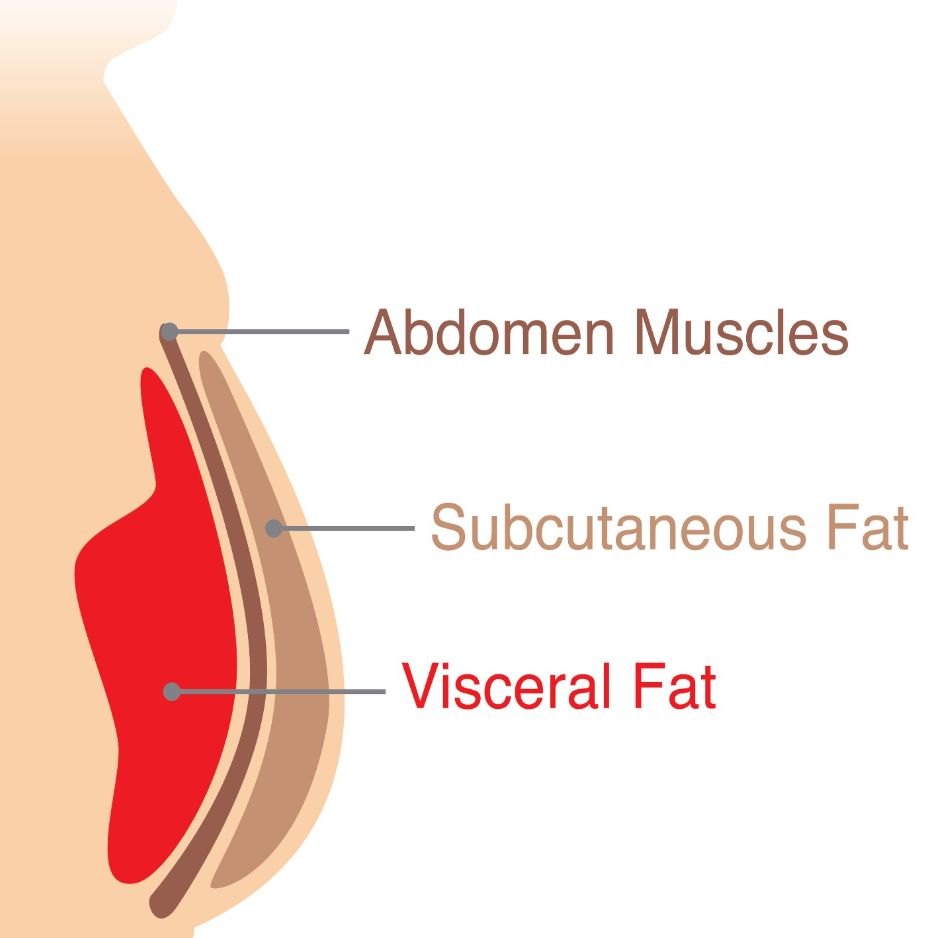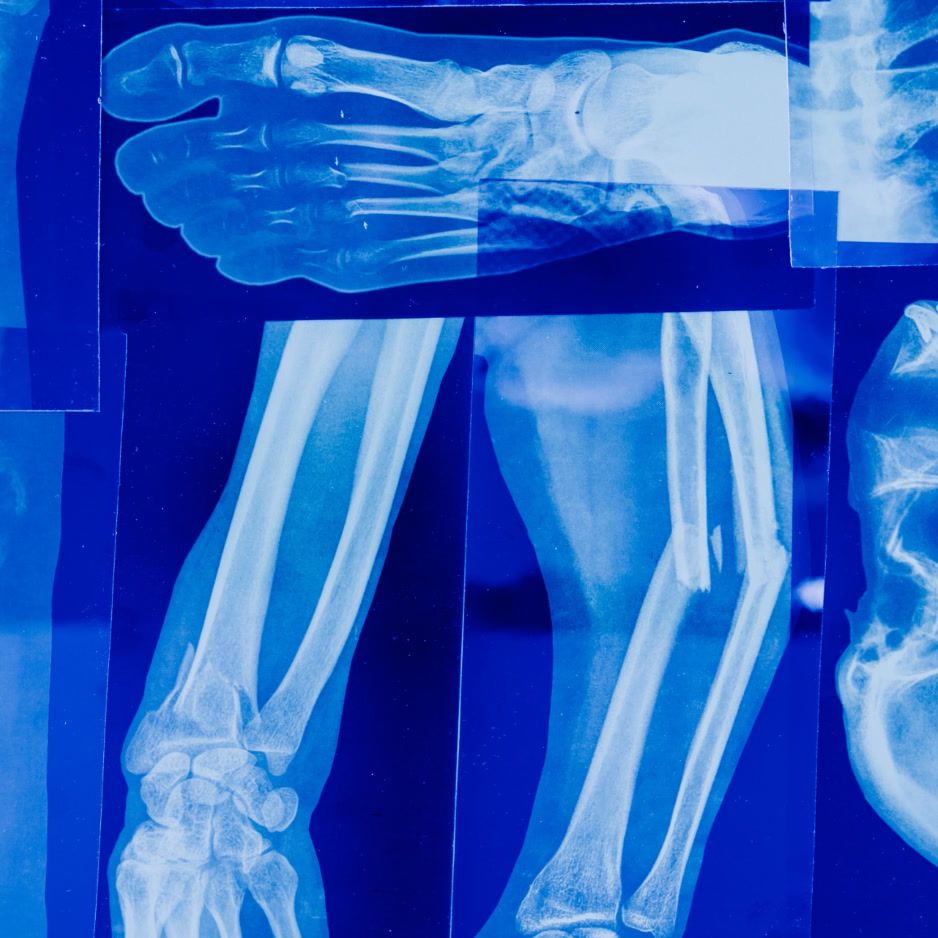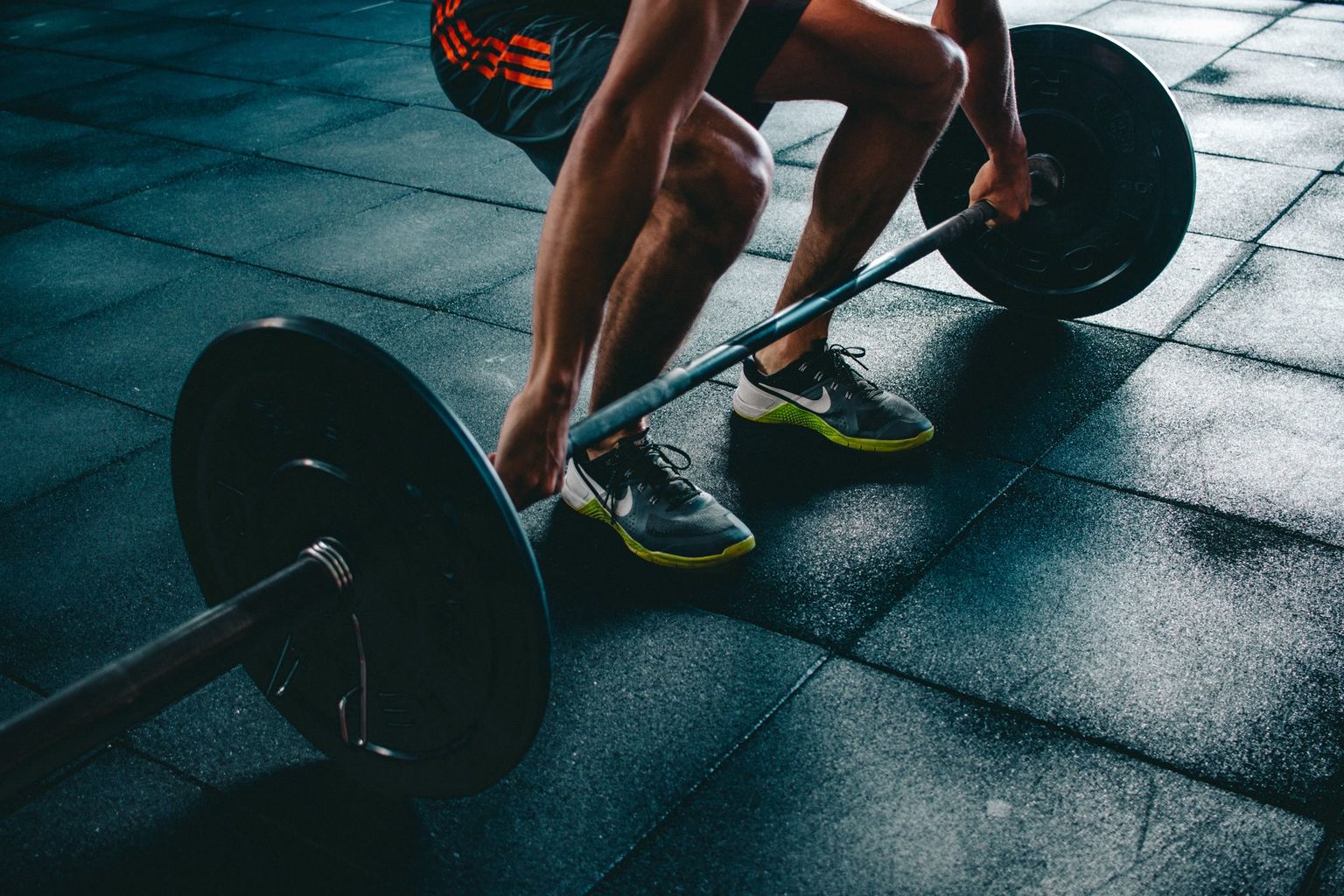Bioidentical Hormones for Perimenopause: A Guide

Bioidentical Hormones for Perimenopause: A Guide
Perimenopause can feel like a hormonal roller-coaster. Bioidentical hormone therapy (BHRT) is often marketed as the “natural” way to smooth the ride—but what does the evidence really say? This guide separates hype from data so you can make an informed decision with your healthcare team.
Quick Take
• What they are: Lab-made hormones with the same molecular structure as human estrogen, progesterone, or testosterone.
• Why they’re used: To ease hot flashes, night sweats, mood swings, sleep trouble, and other perimenopausal symptoms.
• Two product families:
– FDA-approved prescriptions (e.g., estradiol patches, micronized progesterone capsules).
– Compounded formulas mixed by a pharmacist and not reviewed by the FDA for safety or purity (ACOG).
• Bottom line: BHRT can relieve moderate-to-severe symptoms, but as the 2022 NAMS position statement explains, it carries the same risks as standard hormone therapy and should be used at the lowest effective dose for the shortest time.
Table of Contents
- Perimenopause 101
- What Makes a Hormone “Bioidentical”?
- FDA-Approved vs. Compounded: Side-by-Side Comparison
- Benefits and Evidence
- Risks, Side Effects, and Safety Myths
- Finding the Right Dose
- Tracking Progress With Body Composition Data
- FAQs
Perimenopause 101
Perimenopause is the transitional window—often 4–10 years—leading up to a woman’s final menstrual period. Estrogen and progesterone fluctuate unpredictably, triggering symptoms such as:
• Hot flashes & night sweats
• Sleep disruption
• Mood swings or anxiety
• Brain fog
• Irregular periods
• Weight gain and body-fat redistribution (see metabolic changes during menopause)
About 20% of women describe their symptoms as severe enough to affect daily life, according to a 2024 white paper from the International Menopause Society. When lifestyle tweaks aren’t enough, clinicians may suggest hormone therapy—including bioidentical options.
What Makes a Hormone “Bioidentical”?

Scientists create most bioidentical hormones by processing plant sterols from soy or wild yam into lab-made 17-β estradiol, progesterone, or testosterone (Cleveland Clinic explainer).
Delivery formats include:
• Skin patches
• Pills or troches
• Vaginal rings, creams, or gels
• Injections
• Subcutaneous pellets
FDA-Approved vs. Compounded: Side-by-Side Comparison
| Feature | FDA-Approved Bioidentical HT | Compounded Bioidentical HT |
|---|---|---|
| Regulation | Manufactured under Good Manufacturing Practices; each batch tested for potency & sterility | Pharmacy-specific; no federal testing for purity or consistency |
| Common Brands | Climara® patch, Estrace® cream, Prometrium® capsules | Custom creams, troches, or pellets tailored by pharmacist |
| Insurance Coverage | Usually yes | Often cash-pay |
| Dosing Precision | Fixed, evidence-based doses | Variable; depends on compounding accuracy |
| Evidence Base | Large RCTs & observational studies | Limited case reports |
| Marketing Claims | Symptom control & bone protection | “Natural,” “safer,” “weight-neutral” (not proven) |

Guidance from the American College of Obstetricians and Gynecologists recommends reserving compounded BHRT for rare cases where FDA-approved options aren’t feasible.
Benefits and Evidence

- Hot-flash relief. Randomized trials of estradiol patches report 70–90% reductions in vasomotor episodes within 6–12 weeks, per the 2022 hormone therapy position statement from The North American Menopause Society.
- Sleep & mood. Night-time progesterone can improve sleep quality, likely via its metabolite allopregnanolone, according to a 2024 Yale School of Medicine feature.
- Bone-density support. Estrogen slows bone resorption; a 2003 study in JAMA reported lumbar-spine BMD gains of about 4% after three years of therapy.
- Potential metabolic perks. Observational studies suggest modest improvements in abdominal fat distribution, especially when combined with resistance training (see our guide to managing visceral fat).
Are Bioidentical Hormones Better Than Conventional Ones?
So far, no head-to-head trial proves superior efficacy or safety versus conventional conjugated equine estrogen or synthetic progestins. Molecular identity doesn’t automatically equal “risk-free,” a point echoed by the Mayo Clinic.
Risks, Side Effects, and Safety Myths
All systemic hormone therapy—bioidentical or otherwise—can raise the risk of:
• Blood clots and stroke (especially oral estrogen)
• Breast cancer with long-term combined estrogen–progesterone use
• Gallbladder disease

Common side effects include breast tenderness, bloating, acne, or transient weight gain (Cleveland Clinic).
Myth-buster: “Compounded pellets are safer because they’re natural.”
Reality: Neither the FDA nor large trials verify pellet safety. Supra-physiologic estrogen or testosterone can trigger mood swings, hair loss, and hypertensive spikes.
Who Should Not Use BHRT?
Your clinician may steer you away if you have a history of breast cancer, unexplained vaginal bleeding, active liver disease, or previous thromboembolism. Non-hormonal drugs or lifestyle interventions are first-line in these cases.
Finding the Right Dose

Most providers follow a “start low, go slow” approach:
- Baseline evaluation (medical history and symptom score).
- Initial prescription—for example, 0.025 mg/day estradiol patch + 100 mg micronized progesterone nightly.
- Re-assessment at 8–12 weeks. Goal: symptom relief with minimal side effects.
- Tapering or discontinuation after 3–5 years if symptoms allow.
While some clinics sell saliva or urine panels to “customize” dosing, the FDA states that hormone levels in saliva fluctuate too widely to guide therapy and have no proven role in adjusting BHRT dosages. Symptom tracking and clinical response matter more.
Tracking Progress With Body Composition Data
Many women worry that hormones will sabotage their waistline. The truth is nuanced: short-term bloating is common, but long-term weight change is usually modest. A DEXA scan can precisely quantify how BHRT impacts bone density, lean mass, and visceral fat—metrics that routine scales or mirrors miss.
Schedule a follow-up scan 6–12 months after starting BHRT to gather objective data for you and your clinician. For reference values, see Interpreting DEXA Scan Results.
FAQs

Q: How soon will I feel better?
A: Some relief—especially fewer hot flashes—can appear within 2–4 weeks, but maximal benefit often takes 3 months.
Q: Can BHRT help prevent menopause weight gain?
A: Hormones aren’t a magic fat-burner. They may redistribute fat more favorably, yet calorie balance and resistance training remain core. See our guide to menopause weight gain solutions.
Q: Do I need blood tests every month?
A: Generally, no. Routine lab monitoring is unnecessary for most patients on stable doses, according to the Endocrine Society. Symptom check-ins and annual exams suffice unless you have complicating conditions.
Q: Are plant-based over-the-counter creams bioidentical?
A: Most OTC “wild yam” creams contain diosgenin, which your body cannot convert to active estrogen. Effective BHRT requires a prescription.
Q: What if I can’t tolerate progesterone?
A: An IUD releasing levonorgestrel can protect the uterine lining while allowing systemic estradiol therapy—ask your doctor about options.
Data beats guesswork. A BodySpec DEXA scan delivers lab-grade measurements of bone density, lean tissue, and visceral fat—establishing a clear baseline for evaluating BHRT. Book your scan to get actionable insights in minutes.
Disclaimer: This article provides educational information, not medical advice. Always consult a qualified healthcare professional for personal recommendations.


